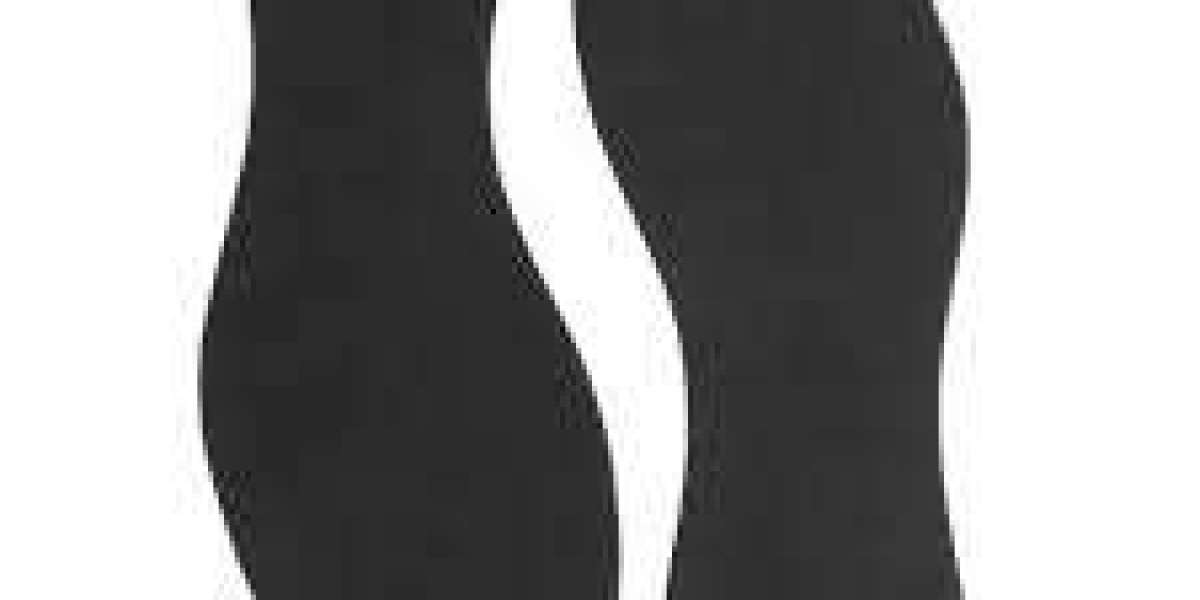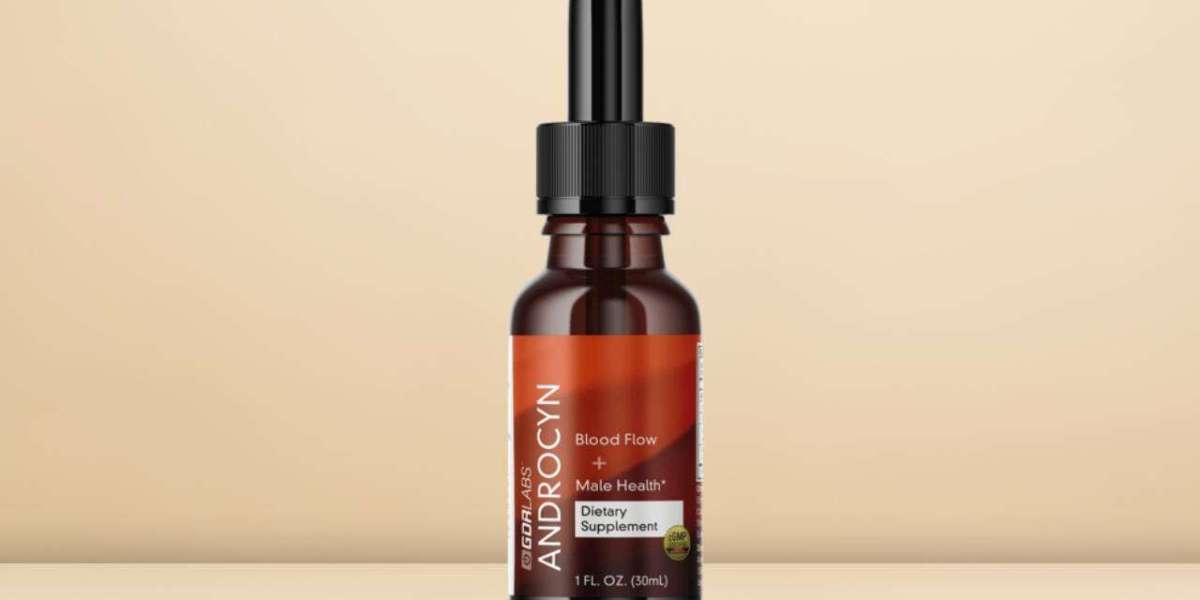Skateboarding is more than just a sport; it's a lifestyle. Whether you're a beginner learning the basics or an experienced rider mastering advanced tricks, the right equipment can make all the difference in your performance and enjoyment. While skateboards and shoes often take center stage, one essential yet often overlooked component is Skateboarding insoles. These specialized inserts can significantly impact your comfort, support, and performance on the board. In this comprehensive guide, we'll explore valuable tips and tricks for selecting, using, and maximizing the benefits of skateboarding insoles without compromising your style or functionality.
Understanding Skateboarding Insoles
Skateboarding insoles, also known as footbeds or inserts, are cushioning layers placed inside skate shoes to provide additional support, shock absorption, and comfort. Unlike standard shoe insoles, skateboarding insoles are designed specifically for the unique demands and movements of skateboarding, offering enhanced protection against impacts, vibrations, and repetitive stress on the feet and lower limbs.
Tips for Selecting Skateboarding Insoles
1. Assess Your Riding Style
Consider your riding style and preferences when selecting skateboarding insoles:
Street Skating: If you predominantly skate on streets, ramps, or ledges, opt for insoles with ample cushioning and impact protection to absorb landings and reduce fatigue.
Vert Skating: For vert skaters who tackle ramps, bowls, and halfpipes, choose insoles with additional heel and ankle support to enhance stability and reduce the risk of injuries during high-speed maneuvers and aerial tricks.
2. Evaluate Materials and Construction
Pay attention to the materials and construction of skateboarding insoles:
Cushioning Materials: Look for insoles made from high-quality materials such as EVA foam, gel, or specialized impact-absorbing compounds to provide optimal cushioning and shock absorption.
Durability: Select insoles with durable construction and reinforced arch and heel support to withstand the rigors of skateboarding and maintain their shape and performance over time.
3. Consider Foot Support and Alignment
Choose skateboarding insoles that offer adequate arch support and alignment to promote proper foot biomechanics and prevent issues such as overpronation or supination. Look for insoles with contoured arches and heel cups to provide stability and reduce the risk of injuries during repetitive movements and high-impact landings.
4. Test for Fit and Comfort
Before purchasing skateboarding insoles, test for fit and comfort:
Try Them On: Insert the insoles into your skate shoes and walk around to ensure they provide adequate support and cushioning without causing discomfort or pressure points.
Check Sizing: Verify that the insoles match the size and shape of your shoes and trim them if necessary to achieve a proper fit, following the manufacturer's guidelines.
5. Explore Customization Options
Some skateboarding insoles offer customization options to tailor the fit and support to your individual needs:
Heat-Moldable Insoles: These insoles can be heated and molded to the shape of your feet for a personalized fit and enhanced comfort, ensuring optimal support and performance during skate sessions.
Adjustable Arch Support: Look for insoles with removable or adjustable arch inserts to customize the level of support based on your arch height and preferences, allowing for greater versatility and adaptability on the board.
Tricks for Using Skateboarding Insoles
1. Break Them In Gradually
Allow for a gradual break-in period when using new skateboarding insoles:
Start Slow: Begin by wearing them for short periods during low-impact activities or casual wear to allow your feet to adjust to the new support and cushioning.
Gradually Increase Use: Gradually increase the duration and intensity of wear as your feet acclimate to the insoles, ensuring a comfortable and seamless transition to full-time use during skate sessions.
2. Pair with Proper Skate Shoes
Pair your skateboarding insoles with appropriate skate shoes that provide ample support, stability, and room for the insoles:
Choose Skater-Approved Brands: Opt for skate shoes from reputable brands known for their quality construction, durability, and skate-specific features, ensuring compatibility and optimal performance with your insoles.
Check Compatibility: Ensure that the insoles fit properly in your skate shoes and do not cause any fit issues or discomfort, allowing for unrestricted movement and maximum board feel.
3. Maintain and Replace Regularly
Maintain your skateboarding insoles by keeping them clean, dry, and odor-free to prolong their lifespan and performance:
Air Them Out: Remove the insoles from your skate shoes after each session and air them out to prevent moisture buildup and microbial growth, ensuring freshness and hygiene.
Replace When Needed: Monitor the condition of your insoles and replace them as needed if you notice signs of wear and tear, decreased cushioning, or diminished support, maintaining optimal comfort and protection for your feet.
4. Experiment with Different Setups
Experiment with different combinations of skateboarding insoles, shoe lacing techniques, and foot placement to find the setup that works best for you:
Mix and Match: Try mixing and matching different insoles with varying levels of cushioning, support, and thickness to customize your setup for specific skate sessions or terrain conditions.
Adjust Lacing: Experiment with different lacing techniques to achieve a snug and secure fit that minimizes foot movement and enhances stability and control on the board.
Where to Buy Skateboarding Insoles
Finding the right skateboarding insoles is essential for optimizing comfort, support, and performance on the board. Explore these popular sources for purchasing high-quality skateboarding insoles:
1. Skate Shops
Visit your local skate shops to browse a wide selection of skateboarding insoles from trusted brands known for their quality and performance. Skilled staff can offer expert advice and recommendations based on your riding style, foot type, and preferences, ensuring a personalized shopping experience.
2. Online Retailers
Online retailers such as Tactics, CCS, and Skate Warehouse offer a vast array of skateboarding insoles for purchase, providing convenience and accessibility for skaters worldwide. Browse customer reviews and product descriptions to find insoles that meet your needs and budget, and take advantage of online discounts and promotions for added savings.
3. Skateboard Brands
Many skateboard brands offer their own line of skateboarding insoles designed to complement their footwear collections and cater to the specific needs of skaters. Explore the insole options available from your favorite skateboard brands to ensure compatibility and quality assurance, and support the skateboarding community by investing in products from rider-owned and operated companies.
4. Footwear Specialty Stores
Footwear specialty stores and orthopedic clinics may carry a curated selection of premium skateboarding insoles, including custom orthotics tailored to your individual foot anatomy and biomechanics. Consult with podiatrists or physical therapists for professional guidance and recommendations on skateboarding insoles, ensuring optimal fit, support, and performance for your feet and riding style.
Skateboarding insoles are essential accessories for skaters seeking enhanced comfort, support, and performance on the board. By following these tips and tricks for selecting, using, and maximizing the benefits of skateboarding insoles, you can optimize your footwear for maximum comfort and enjoyment during skate sessions.









